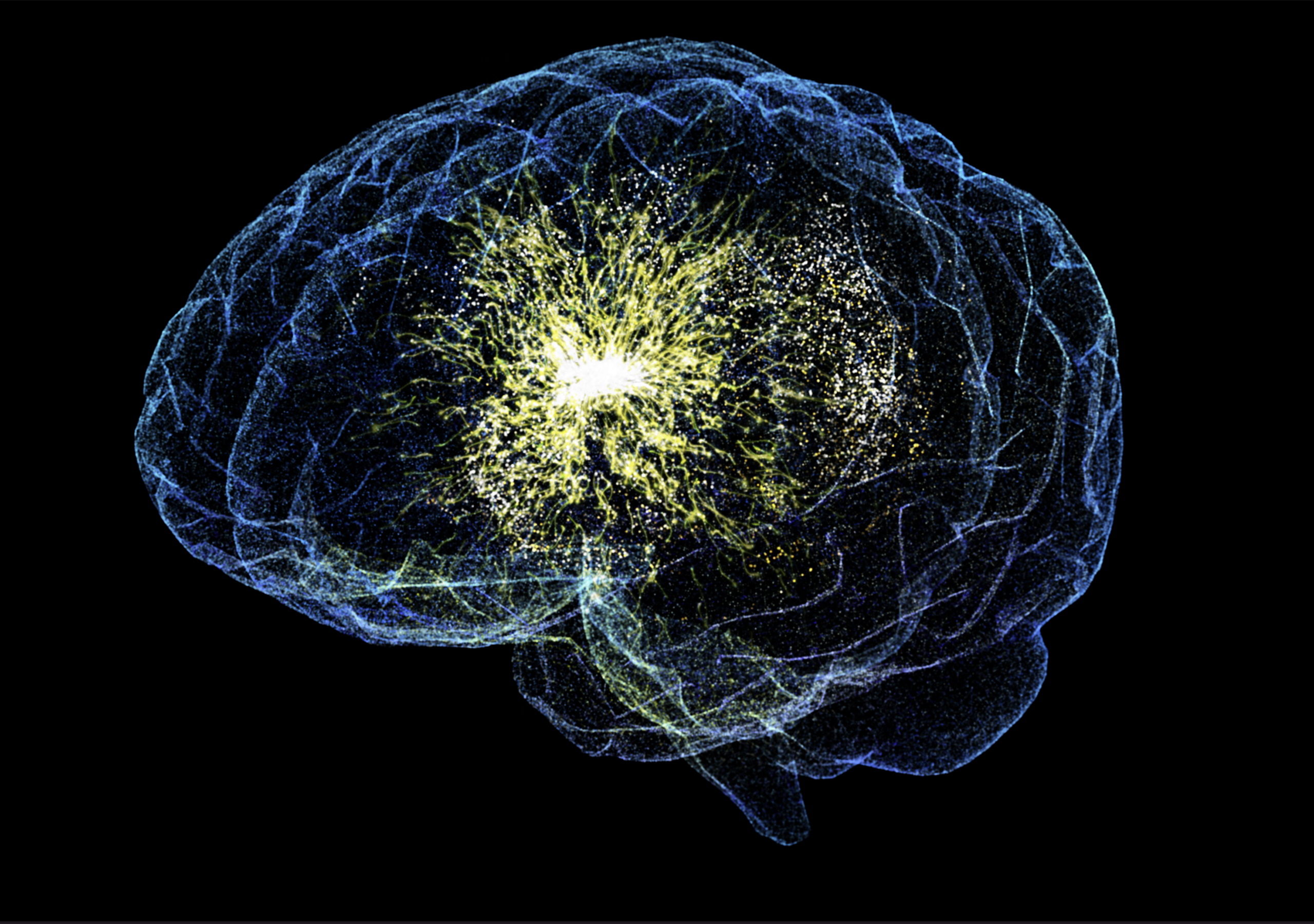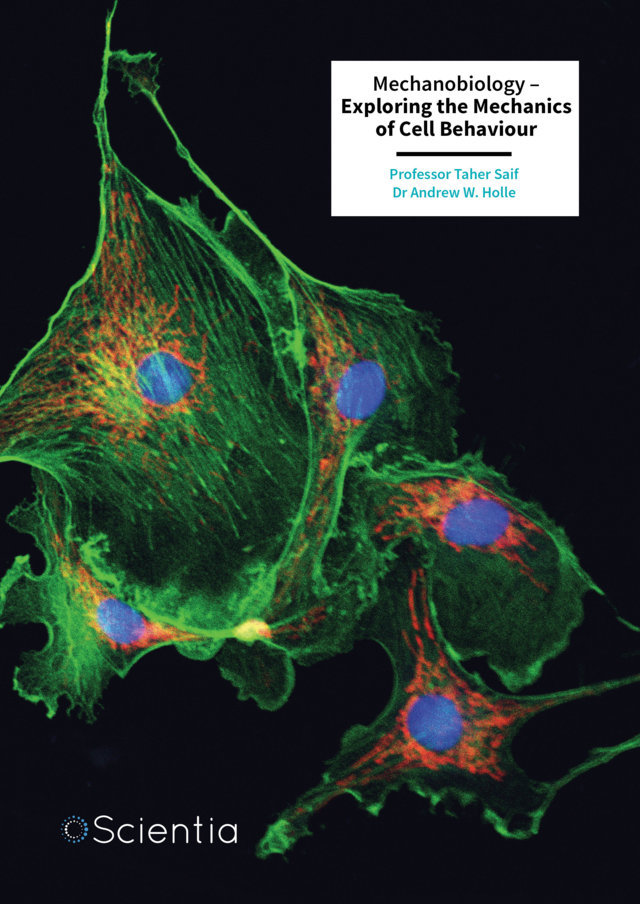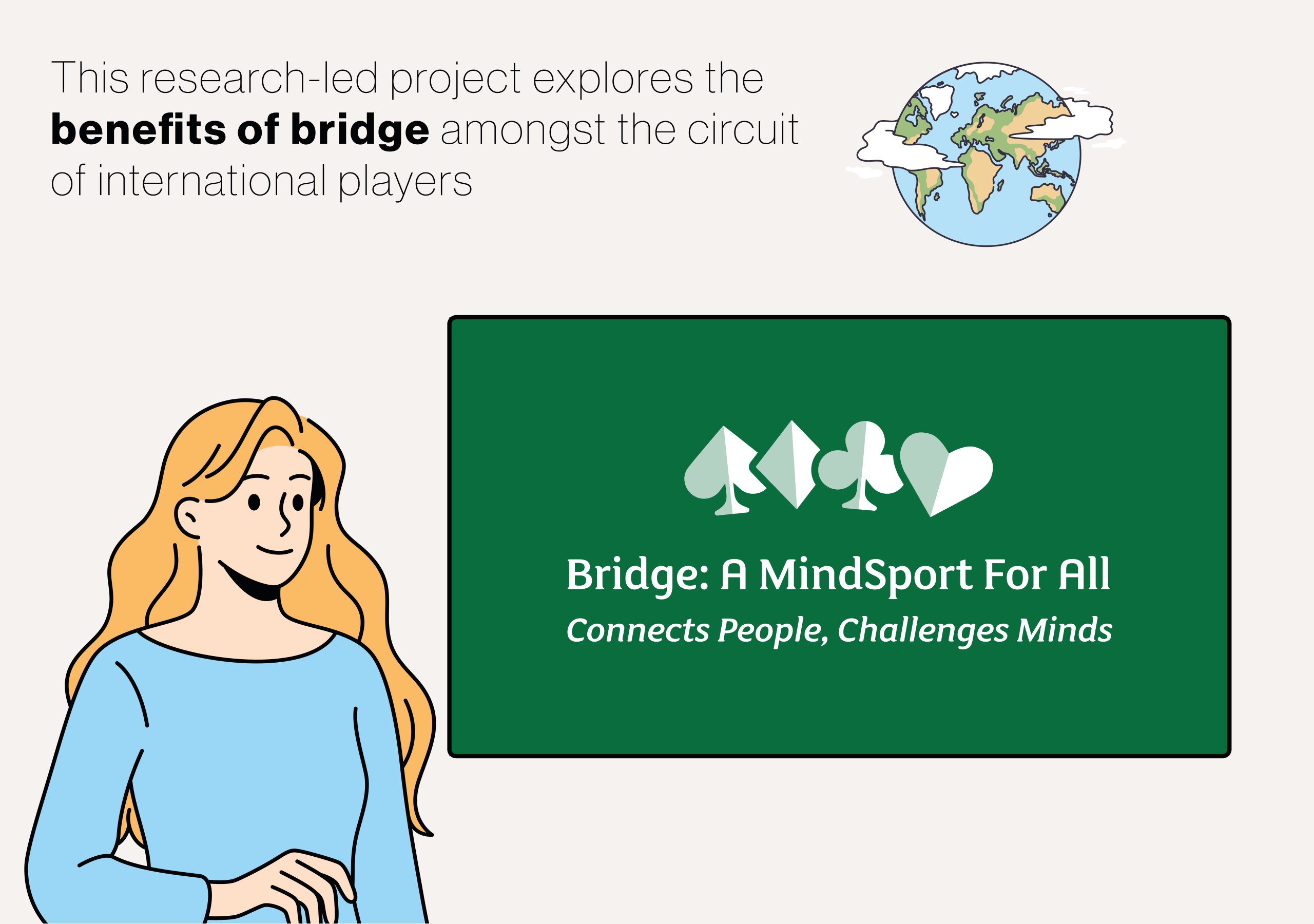When we think of spies and their activities, we imagine trench coats, hidden cameras, and tense exchanges in safehouses. Hollywood has given us the daring adventures of James Bond and Jason Bourne, along with the clever trickery of films such as Argo. But behind the cinematic flair lies a quieter, more subtle reality: espionage often depends less on gadgets, weapons and car chases than on the delicate art of deception, an art rooted in psychology, perception, and human behaviour. This is the world explored by Dr. Rafael Lenzi, in a work developed at the Centre de Recherches Sémiotiques in Limoges, France. His study of Cold War espionage, drawing on declassified CIA manuals and philosophical theories of perception, reveals how deception is not just about tricking the eye, but about shaping the mind. In other words, spying succeeds not when someone fails to see, but when they see exactly what they expect to see, and therefore overlook the trickery in front of them. More
At the heart of Dr. Lenzi’s work is a simple question: why and how do people allow themselves to be fooled? Deception, he argues, is not just a matter of a spy’s determination to trick someone. It also depends on the victim’s willingness, or rather, their inability, to question what seems normal. A truly successful trick is one that leaves no trace of doubt, neither during the act nor after it.
To understand this, Dr. Lenzi revisits a fascinating piece of Cold War history: the CIA Manual of Trickery and Deception, written in the 1950s by stage magician John Mulholland. This manual taught agents how to behave in public, how to infiltrate groups, and how to use subtle recognition signals. Its lessons were clear: to deceive effectively, you must act within the boundaries of what people already believe to be ordinary.
For instance, female spies were instructed to avoid any behaviour that might seem “unfeminine” in the 1950s cultural context. This was because the smallest deviation from expectation could draw attention and put an operation in jeopardy. Unlike a larger-than-life confidence trickster, the key for spies wasn’t usually to dazzle; it was to disappear into normality.
Some deceptions were subtle, others theatrical. One striking example examined in the research involves what became known as the “magic beer coaster” trick. Imagine an undercover officer trying to infiltrate a suspicious group in a bar. Instead of approaching directly, he prepares a gimmicked beer coaster hiding a $50 bill. Over several nights, he casually tears apart ordinary coasters; pretending to look for hidden money that was placed there by the beer company as a little-known promotional effort. Eventually, he introduces the trick coaster, “discovers” the bill, and loudly celebrates by offering to buy everyone a drink. The crowd, intrigued and excited, draws him into their circle, and rapport and trust are created.
What looks like a spontaneous stroke of luck is, in fact, a carefully rehearsed performance. The trick isn’t just about sleight of hand; it’s about directing attention, controlling perception, and weaving oneself seamlessly into a new social group.
While the CIA manual focused on espionage, Dr. Lenzi highlights how these techniques mirror ordinary life. Deception isn’t only the realm of spies. It exists in camouflage in nature, in fashion choices, in marketing, and even in our daily social interactions. We all perform small acts of deception when we present ourselves in particular ways, choosing what to emphasize, what to hide, and how to guide others’ impressions.
In fact, these types of deceptions work precisely because they borrow from what Husserl, one of the philosophers Lenzi draws upon, called the “lifeworld”. This refers to the background of shared assumptions and everyday experiences that shape how we interpret reality. Merleau-Ponty’s perspective, in turn, guides much of the work’s approach to perception. A spy succeeds by manipulating this lifeworld, slipping just enough into its rules to remain unnoticed, while bending them to achieve a hidden purpose.
To bring theory to life, Dr. Lenzi analyses the film Argo, which dramatizes a real CIA operation during the Iranian hostage crisis. In the film, agents posed as a Canadian film crew scouting for exotic locations in Tehran. Their deception didn’t rely on invisible ink or microfilm; it relied on performance and audacity.
The fake film crew rehearsed their roles, learned their backstory, and presented themselves so convincingly that even airport officials accepted their charade. Here, deception was less about hiding and more about creating a believable fiction, a performance so consistent with people’s expectations that suspicion never found a foothold.
One of Dr. Lenzi’s most fascinating insights is that deception doesn’t disappear after the trick is done. Even when unnoticed, it leaves a trace, an oddity in the environment, an intuitive sense that something was “off.” Witnesses may not consciously identify the trick, but the environment itself has been altered.
This is why even tiny irregularities matter. A misplaced button, an unusual shoelace pattern, or an awkward gesture might later resurface in memory, prompting suspicion. Deception, then, is never just about the moment; it’s about managing the aftereffects, ensuring that oddities either blend into normality or dissolve into irrelevance.
Though rooted in Cold War espionage, Dr. Lenzi’s exploration of deception resonates in our digital age. Disinformation campaigns, deepfakes, and online scams all operate on the same principle: shaping what people expect to see and then giving it to them. The mechanics of deception haven’t changed; they’ve simply migrated to new arenas and formats.
Understanding how deception works is not only about catching spies. It’s about becoming more aware of how our own perceptions are guided, nudged, and sometimes manipulated. Lenzi’s work reminds us that deception is as much about the deceived as it is about the deceiver. To be fooled is, in a sense, to accept the rules of a story without realizing it is a story at all. Whether in a Cold War café, an Iranian airport, or a twenty-first-century social media feed, the same cognitive dynamics are at play.
The research identifies a structural invariant in all tricks: each relies on a dual factor that both sustains the disguise and ties it to the core deception. In daily life, potential deception can be detected by considering what benefits might be at stake and whether those benefits are visible to others. For instance, a request for a signature can serve as the dual factor, simultaneously supporting the disguise and linking it to the purpose of the deception.
The lesson is both humbling and empowering. If deception is a dance between expectation and perception, then awareness and critical thinking are our best defences. The more we understand how spies, magicians, advertisers and social media propagandists manipulate our attention, the better equipped we are to recognize the seams in the performance and avoid becoming a mark. In the end, espionage teaches us less about shadowy agents in trench coats and more about ourselves, and our habits of seeing, believing, and sometimes being deceived.







